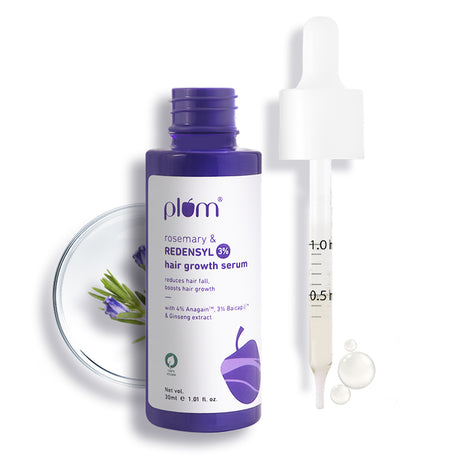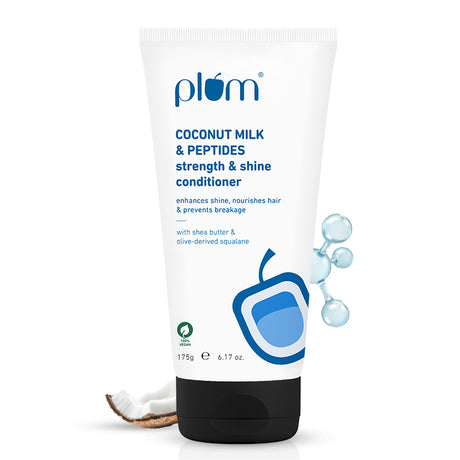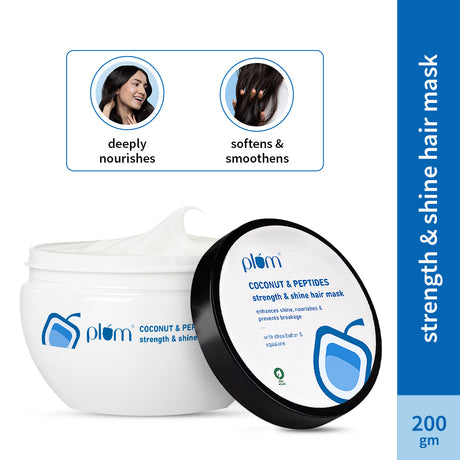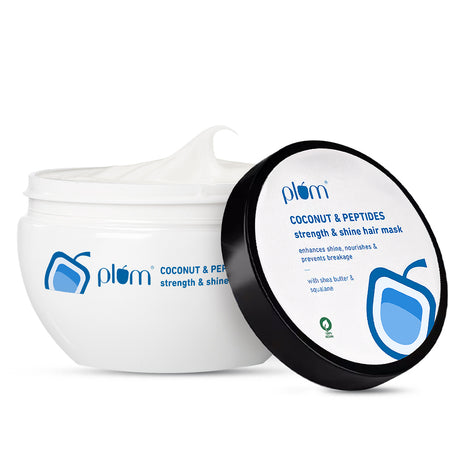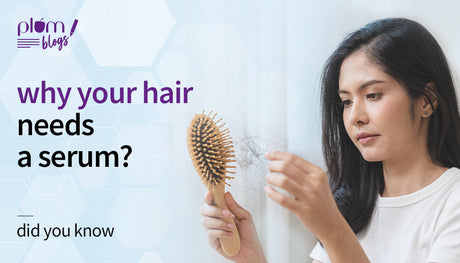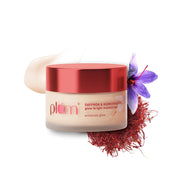
IN THIS ARTICLE
Having a full crown of hair with thicker, fuller strands is a dream of many. But sometimes, no matter what you do, hair can look flat, thin, or lifeless.
The truth is, hair density, i.e., the number of hair strands on your scalp, plays a huge role in how full your hair looks, which can be very tricky to achieve.
Fortunately, with the right understanding and care, it’s possible to increase hair density and improve volume over time.
Achieving thicker hair that feels healthier, more resilient, and easier to style requires a combination of gentle care, proper nutrition, and targeted treatments rather than just piling on products.
Let’s explore how to increase hair density, why it matters, common mistakes to avoid, and practical steps you can take at home for naturally fuller hair.
What Is Hair Density and Why Does It Matter?
Hair density refers to the number of hair strands per square inch on your scalp.
Just having thick hair does not suffice, as even if your hair strands are thick individually, low density can make hair appear sparse. Conversely, higher density gives the impression of full, voluminous hair.
Understanding your hair density helps you choose the right products and treatments for visible improvement.
What causes Low Hair Density?
Your hair can have a low density due to many internal and external factors. Take a look.
-
Genetics: Your genes significantly determine your hair density. If your parents have had healthy hair, your chances of having thick hair and a high follicle count are higher.
-
Stress: Chronic stress triggers the release of cortisol, which can lead to hair loss and reduced hair density.
-
Hormonal changes: Many hormonal changes, like thyroid issues, PCOS, or stress-related hormones, can thin hair.
-
Nutritional deficiencies: What you eat reflects on your body. Lack of protein, iron, zinc, or vitamins can affect follicle health and hair thickness.
-
Hair damage: Excessive heat styling, coloring, or chemical treatments can weaken strands, density, and quality.
-
Aging: Hair naturally thins with age, reducing overall density.
How to Measure Your Hair Density at Home
Unless you know what your hair density is, it could be challenging to find the best hair care routine to improve it.
Typically, the ideal way to measure hair density at home is to take a small section of hair at the crown and then count the number of strands in a 1-square-inch area. Once that is done, you can compare with average density levels.
-
Low: <100 strands/sq. Inch
-
Medium: 100–150 strands/sq. Inch
-
High: >150 strands/sq. inch
This simple check can help you track improvements as you follow your hair density routine.
However, an easier way can be taking before and after pictures, which will help you get a clear visibility of your hair density.
What are the types of Hair Density?
The density of your hair can be categorized into three categories:
-
Low density: As the name suggests, when you have low density, your hair looks thin, and the scalp is visible.
-
Medium density: The medium level and probably the most common type, such hair has some fullness, and the scalp is slightly visible.
-
High density: The luckiest of all, people with high hair density have thick and full hair, making the scalp barely visible.
How to Increase the Density of Hair: 10 Effective Ways
-
Include a hair growth serum in your daily hair care routine: While shampoos and conditioners support healthy hair, hair growth serums are the cornerstone for real density improvement. Targeted serums strengthen follicles, prevent breakage, and support hair regrowth, making them the most effective tool for increasing hair density. A good hair growth serum should contain ingredients like biotin, peptides, rosemary, anagain, or natural plant extracts, and nourish the scalp and strands without heavy buildup Rosemary & 3% Redensyl Hair Growth serum
-
Use a gentle shampoo: Rough handling or using harsh and chemical-laden shampoo can weaken your hair strands. Use natural or mild shampoos that gently cleanse without stripping the scalp's natural oils. Avoid over-washing.
-
Scalp massage: Stimulates blood flow to follicles by massaging your scalp with or without oil to help promote growth. A regular scalp massage can significantly help increase hair density.
-
Moisturize with conditioner wisely: Regularly use conditioners and hair masks to reduce frizz, tangle, and breakage. Focus on ends to avoid weighing down hair.
-
Eat a nutrient-rich diet: Ensure your body supports healthy hair growth. Add protein, iron, zinc, omega-3s, and vitamins to strengthen follicles.
-
Minimize heat styling: Straighteners, curling irons, and hot blow-drying can weaken hair. Avoid using them regularly.
-
Avoid tight hairstyles: Tight hairstyles can put pressure on your roots and follicles, causing hair loss, hair fall and thinning. Always do loose hairstyles.
-
Protect hair from the sun and pollution: Cover your hair or use protective sprays outdoors. Regularly clean your scalp and hair to prevent buildup and dandruff that can cause hair fall.
-
Regular trims: Split ends can make hair look thinner and lifeless. Get regular trims to preserve the quality of your hair.
-
Consistency is key: Follow your hair routine regularly as hair density improves gradually.
Common Mistakes That Reduce Hair Density
Apart from taking care of your hair, it is important to avoid mistakes that can reduce hair growth and density. Do not do the following:
-
Over-washing or using harsh shampoos
-
Excessive heat styling or chemical treatments
-
Neglecting scalp care. Keep your scalp clean and fresh.
-
Expecting instant results without a consistent routine
-
Skipping hair growth serum or only relying on shampoos/oils.
-
Relying on only external treatments to improve density. Internal healing via nutrition is as important
By combining proper hair care, nutrition, and a targeted hair growth serum, you can increase hair density, boost volume, and enjoy thicker, healthier hair without overwhelming your routine.
FAQ's
How to Increase Hair Density Naturally at Home?
A consistent hair care routine and simple steps like gentle scalp massages, a nutrient-rich diet, hair growth serum, and minimal heat styling can help increase hair density at home.
How to Increase Hair Volume in One Month?
Increasing your hair volume depends on a lot of different factors, and typically it takes 2-3 months to see visible growth in density. However, if you are consistent with hair growth serum, getting proper nutrition, and avoiding damage, you might see noticeable improvements in 3–4 weeks.
Can Thin Hair Grow Thicker Again?
Yes, with proper care and targeted treatments like hair growth serum, follicles can strengthen and produce thicker strands over time. However, if you have lost hair follicles, you might have to consult a dermatologist for hair transplants or specific treatments.
What Foods Can Help Increase Hair Density?
Foods rich in nutrients and proteins, like leafy greens, nuts, and seeds, provide essential nutrients, enabling stronger follicles.
What Are the Best Natural Oils for Hair Thickness?
Coconut oil, castor oil, argan oil, and rosemary oil help nourish the scalp, boosting hair density. However, it is crucial to consider your scalp and hair type and be consistent in your routine to increase the density.









